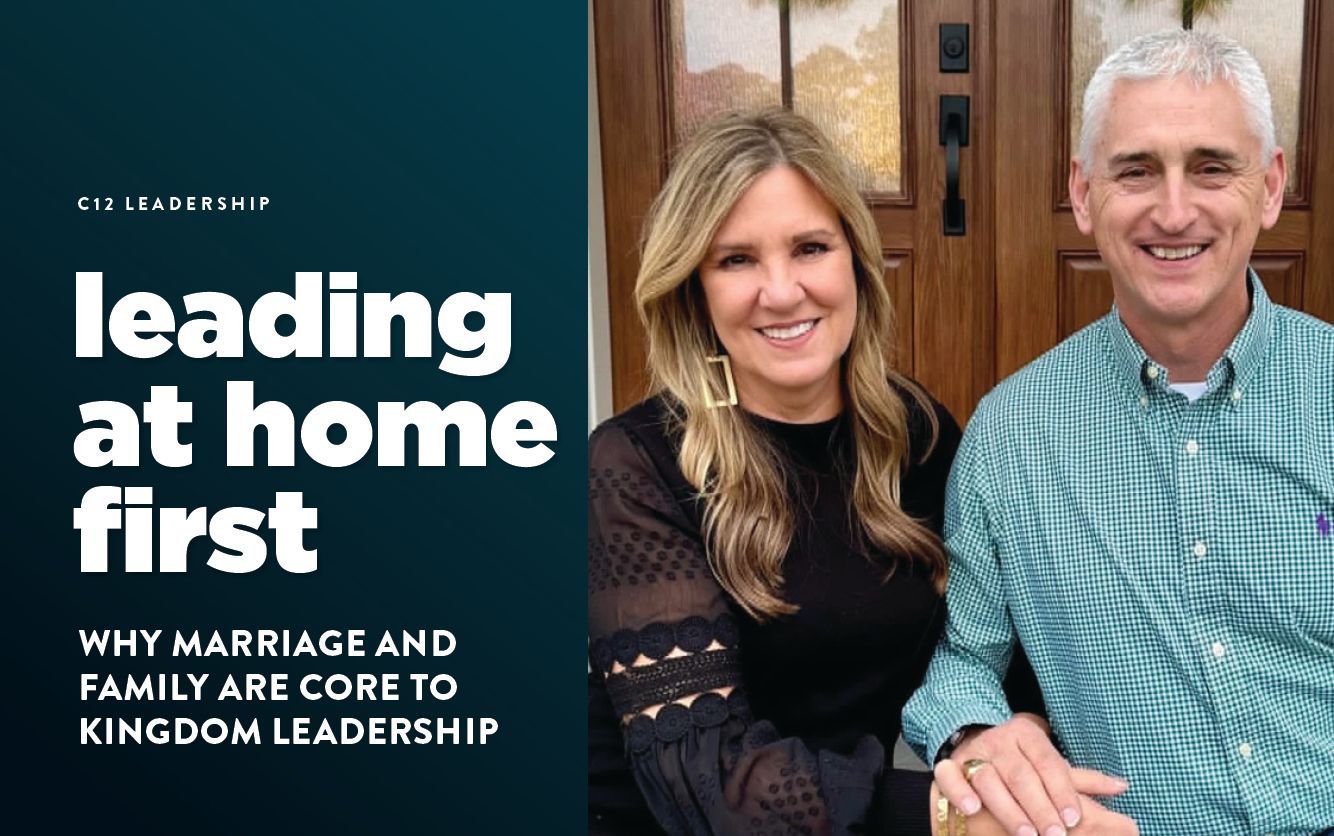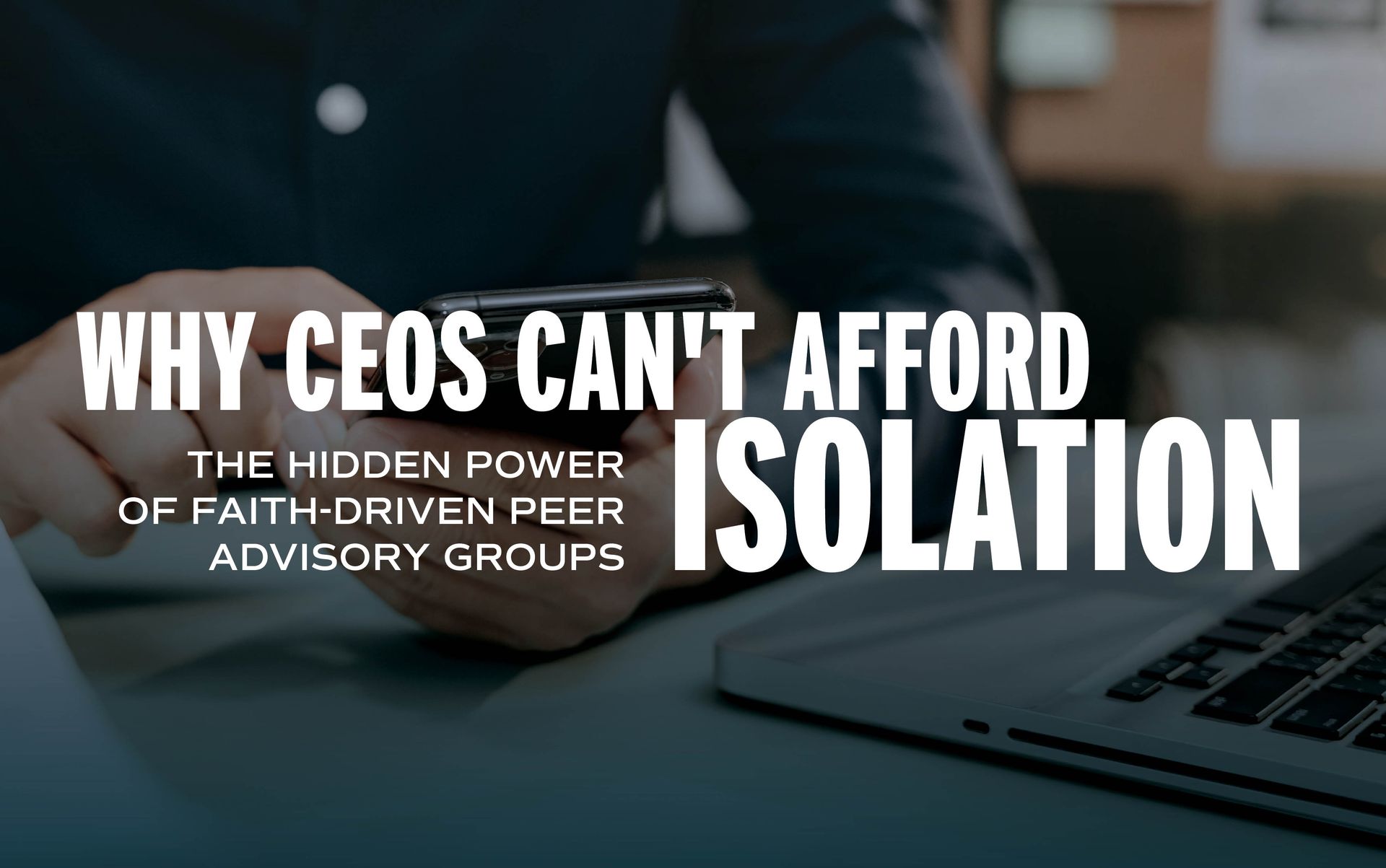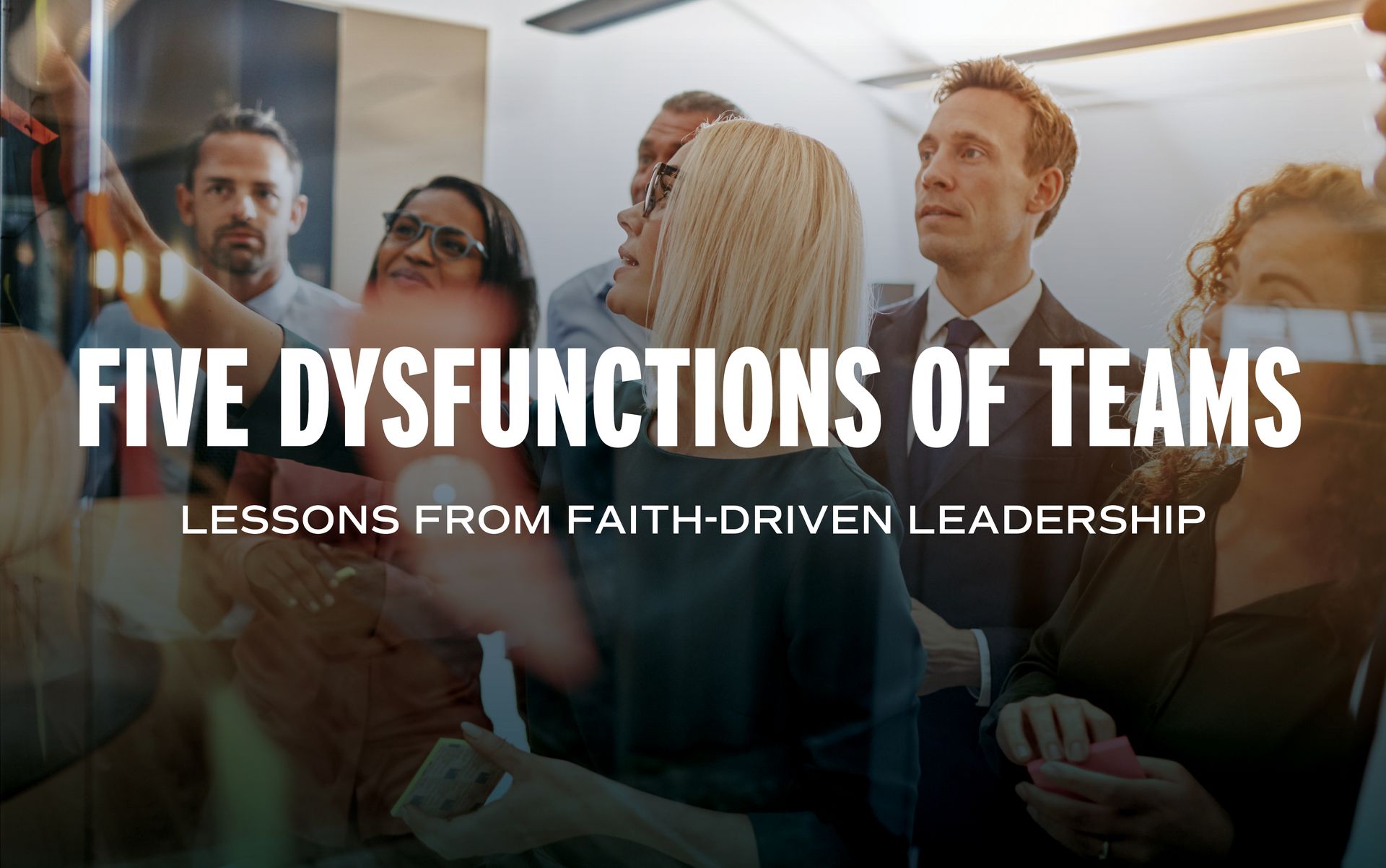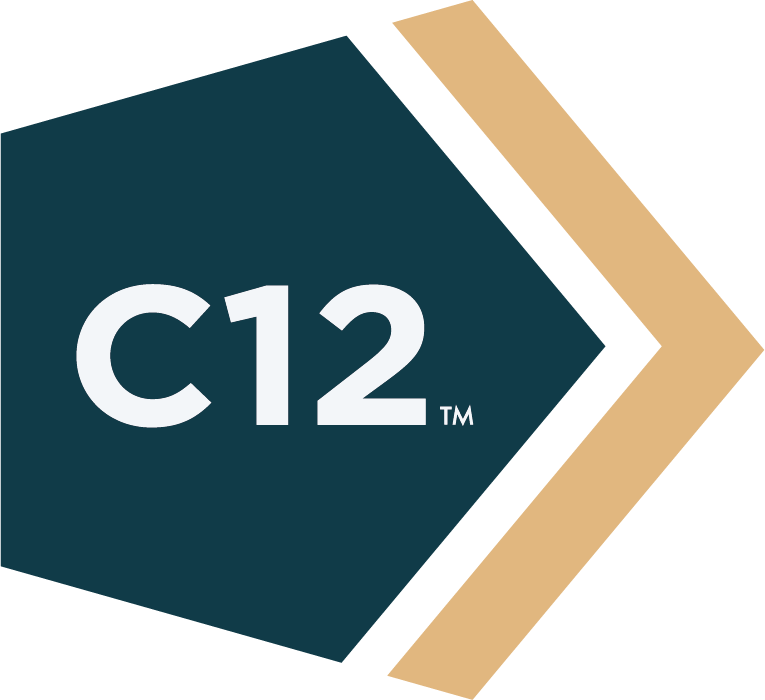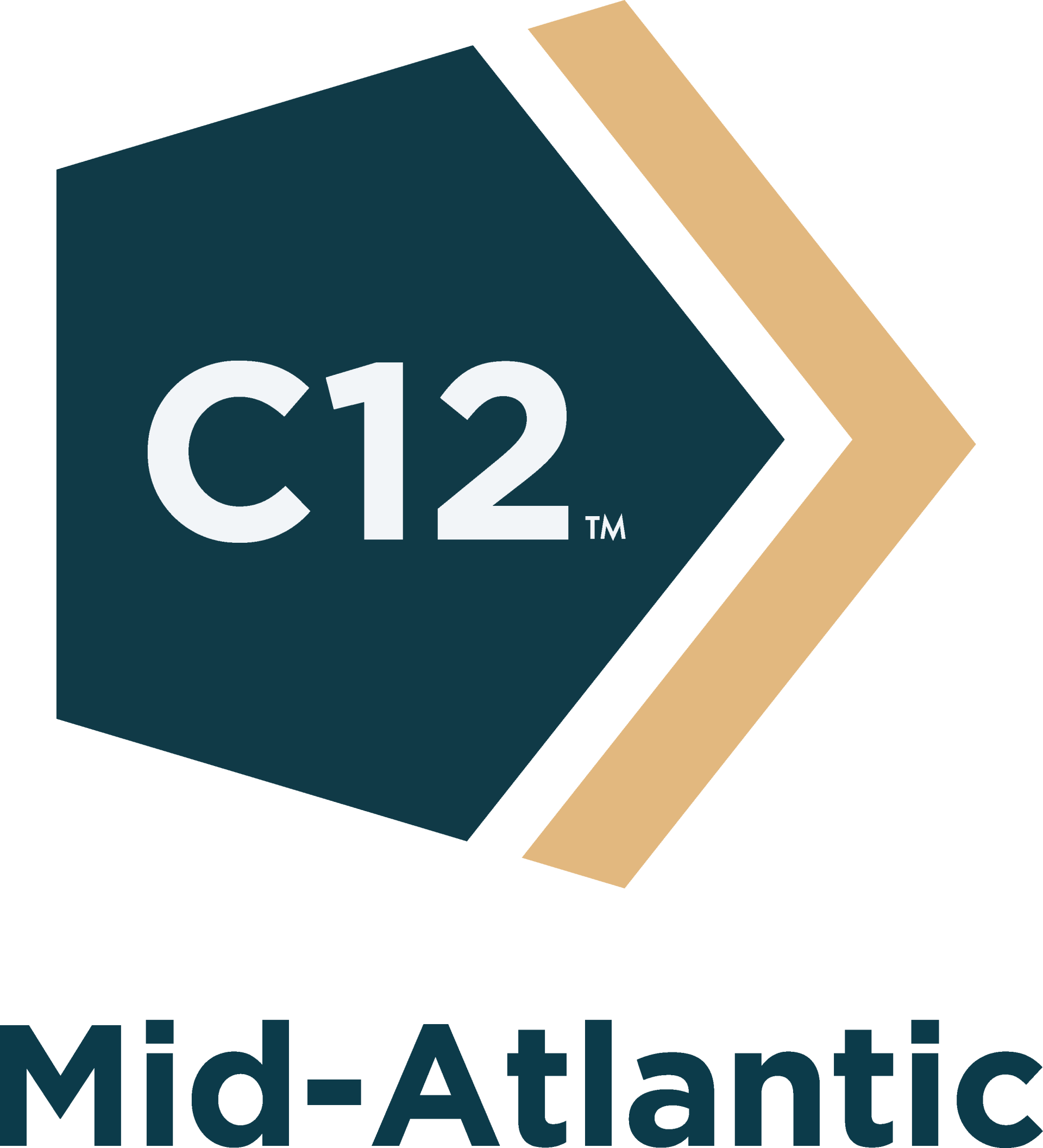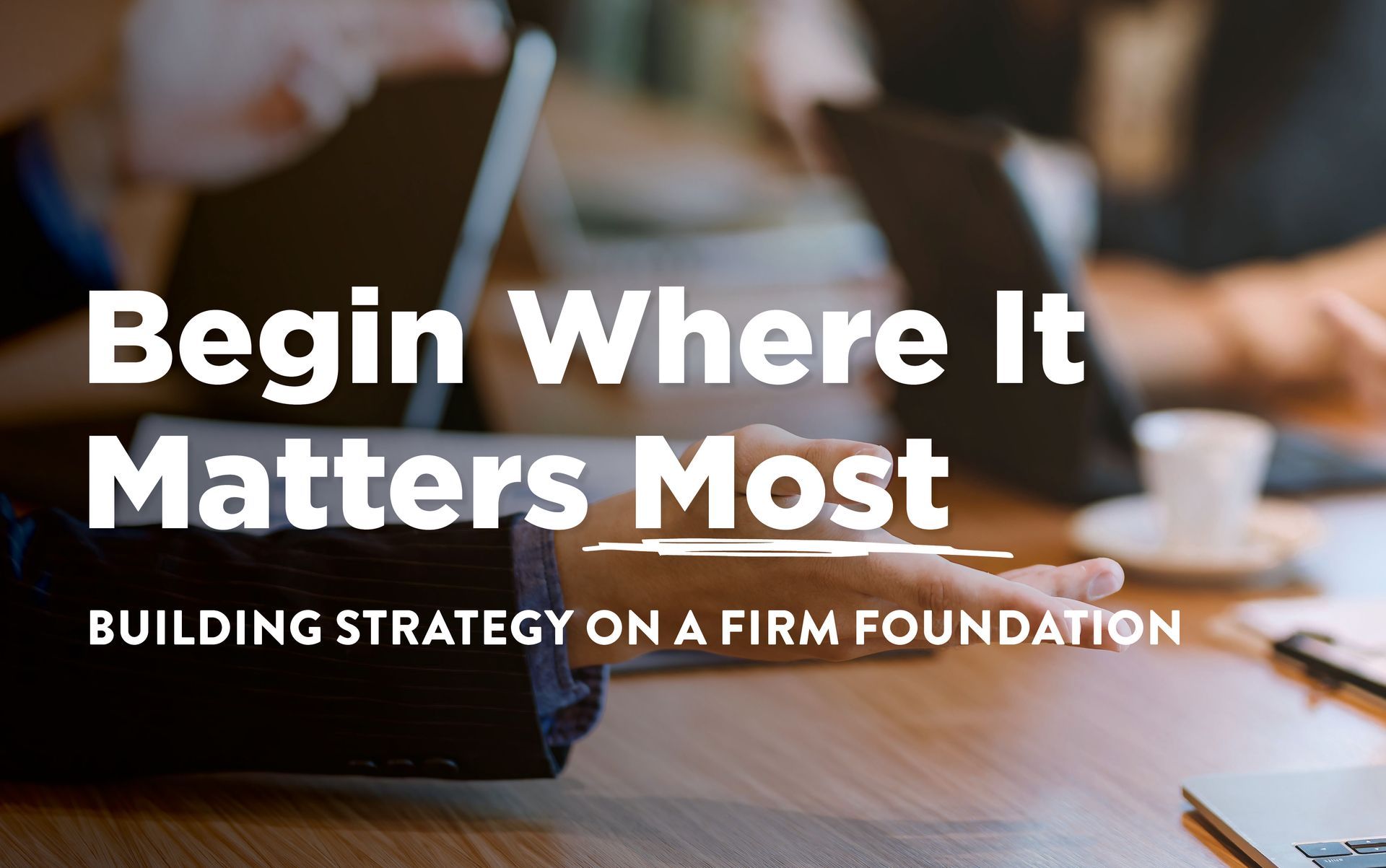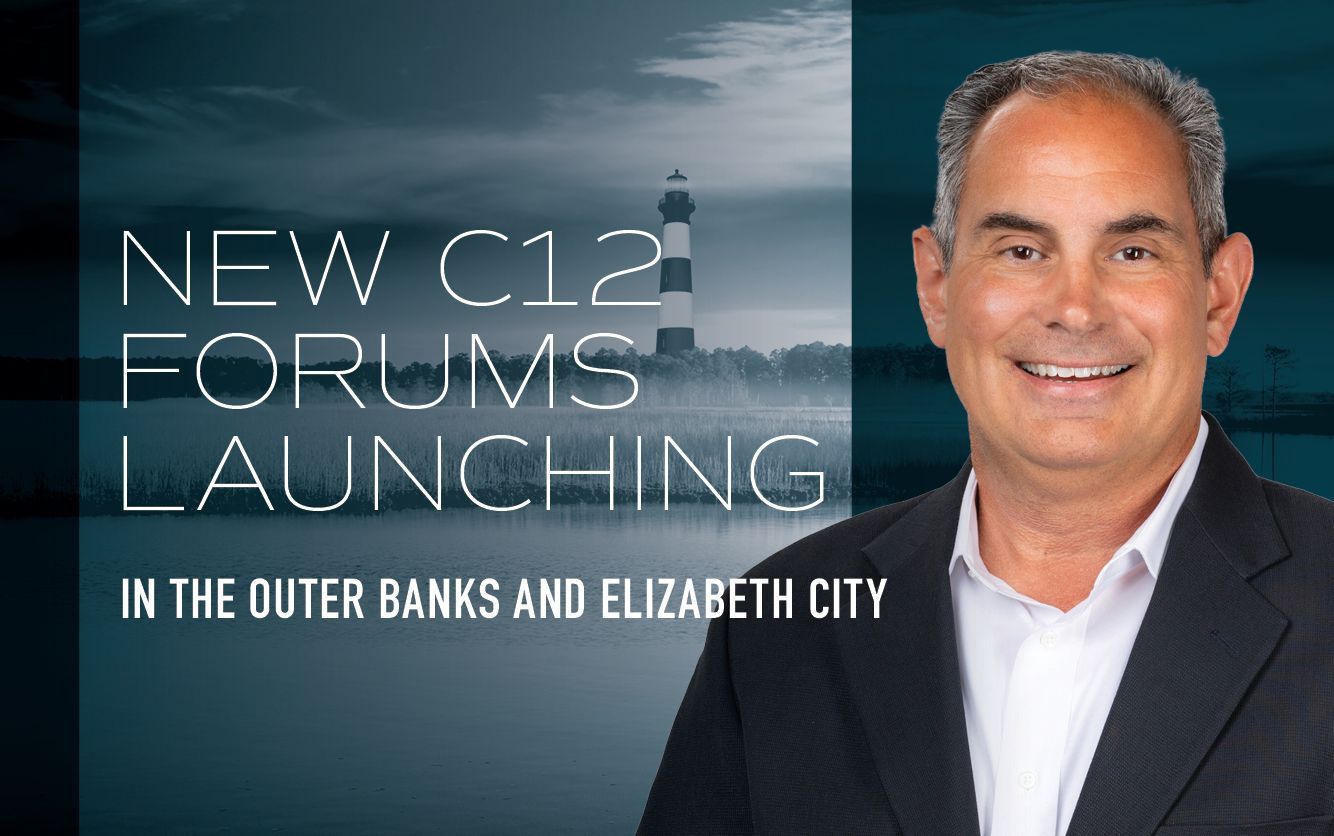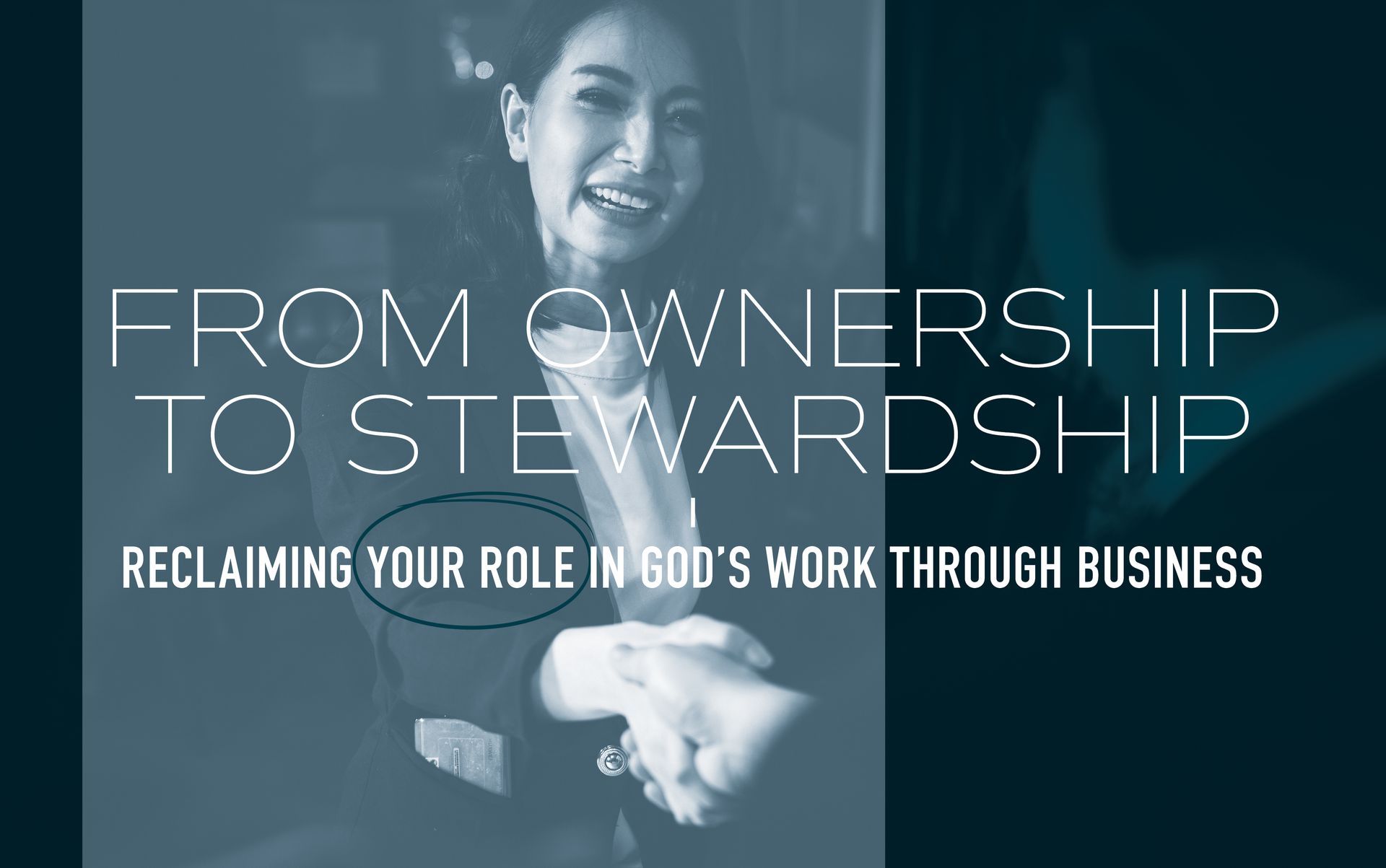From Gut Feel to Good Fruit
A Faith-Driven, Data-Informed Approach to Predictive Hiring
Most leaders hire with the best intentions. We post a role, skim résumés, interview finalists, and choose the person who feels right. When it works, we celebrate. When it does not, we absorb the cost and move on. Predictive hiring offers a different story. It replaces guesswork with a humane system that serves people and performance.
The Leadership Tension
Speed pressures us to decide quickly. Charisma tugs us toward likeability. Unstructured interviews invite bias without meaning to. The consequence is measurable. Employers consistently report mis-hires, and the financial drag can be significant.¹ ² A better way exists, and it honors both stewardship and people.
What “predictive” really means
Predictive hiring is straightforward. You define success up front, evaluate against that definition with structured methods, and validate the decision with post-hire metrics. At its core are six disciplines that form an operating system for talent decisions: Alignment, Recruitment, Assessment, Screening, Offering, and Measured Outcomes.³
Design the role for fruitfulness
Before you advertise, write a role narrative that tells the truth about the work and why it matters. Clarify the few outcomes that define success, the competencies required, the pace and constraints the role will face, and how the seat fits your culture. This clarity respects candidates and helps attract those drawn to your purpose.
Source with purpose
Match your sourcing strategy to the talent market. Use farmer motions to cultivate steady pools and hunter motions to reach passive talent for hard-to-fill roles. Lead with purpose in your outreach so you are not only seeking skills but inviting people to join a mission.
Interview through the Five C’s
Predictive hiring treats people as whole persons. The Five C’s keep interviews balanced.³
- Character. Ask for the decisions they have made when the cost was real.
- Calling.
Explore purpose and timing for this role.
- Chemistry.
Test collaboration and feedback loops.
- Competence. Use work samples and case exercises tied to outcomes.
- Contribution. Forecast near-term value and long-term potential.
Download a 5 C’s Candidate Scorecard
Run a structured debrief. Require each interviewer to present evidence for their scores, then decide against the same role standard rather than personal preference.³
Keep humans in the loop while using AI wisely
AI now drafts job posts, screens for minimum qualifications, handles scheduling, translates communications, and can generate tailored interview prompts. Adoption in HR continues to climb, and in some high-volume environments candidates meet virtual recruiters before speaking with a human.⁴ ⁵ Use these tools to speed logistics and improve consistency, not to offload judgment. Set guardrails: tell candidates where AI is used, log only necessary data, test for fairness, and train interviewers to challenge AI outputs with role-based evidence.⁴
Decision, offer, and the first 90 days
Make your decision using a clear tie-break rule anchored to the role success profile. Offer conversations should confirm expectations, pace, and a realistic preview of the work. Then equip every new hire with a 30-60-90 plan that includes deliverables, relationships to build, and how success will be reviewed.³ This is where “predictive” becomes “proven.”
What to measure and share
Leaders sustain what they track. Review quality of hire, time-to-fill, cost of vacancy, 90-day retention, time-to-ramp, and regretted loss. Share highlights in monthly leadership meetings and refresh your playbook quarterly.
Culture, calling, and Kingdom impact
Predictive hiring is not only about avoiding mistakes. It is about building a place where people can do their best work for the right reasons. When Character and Calling shape selection alongside Competence, Chemistry, and Contribution, the result is durable performance and a healthier culture. That is good for customers and communities, and it honors the larger purpose of our leadership.³
Sources
- CareerBuilder. “3 in 4 Small Business Employers Have Hired the Wrong Person.”
- Dice. “The Cost of Bad Hiring Decisions Runs High.”
- Business: Predictive Hiring — Enhancing Effectiveness in Talent Acquisition (Member Curriculum, April 2025, digital edition).
- Society for Human Resource Management (SHRM). “AI Adoption in HR Is Growing” and related AI-in-HR coverage.
- The Washington Post. “AI is now screening job candidates before humans ever see them.”
SHARE THE NEWS

